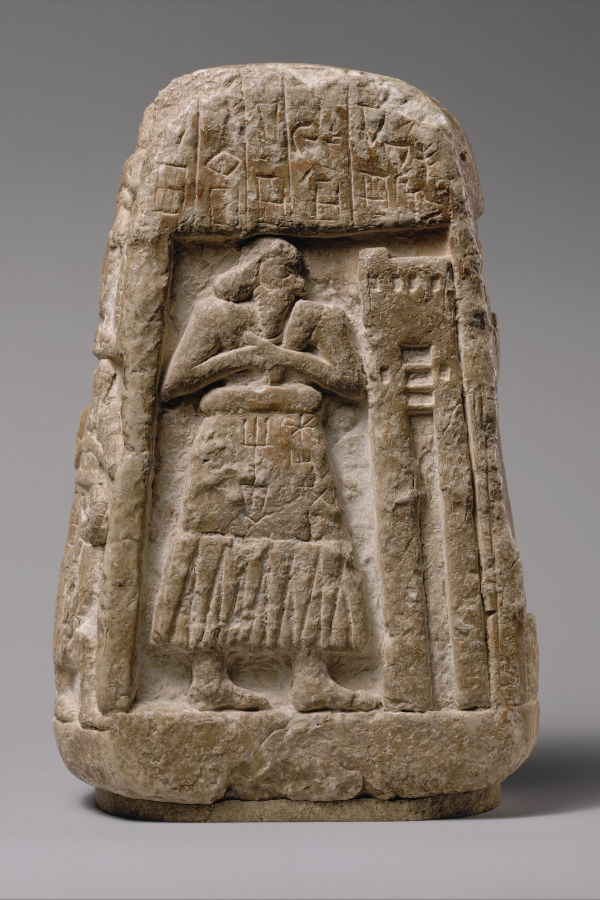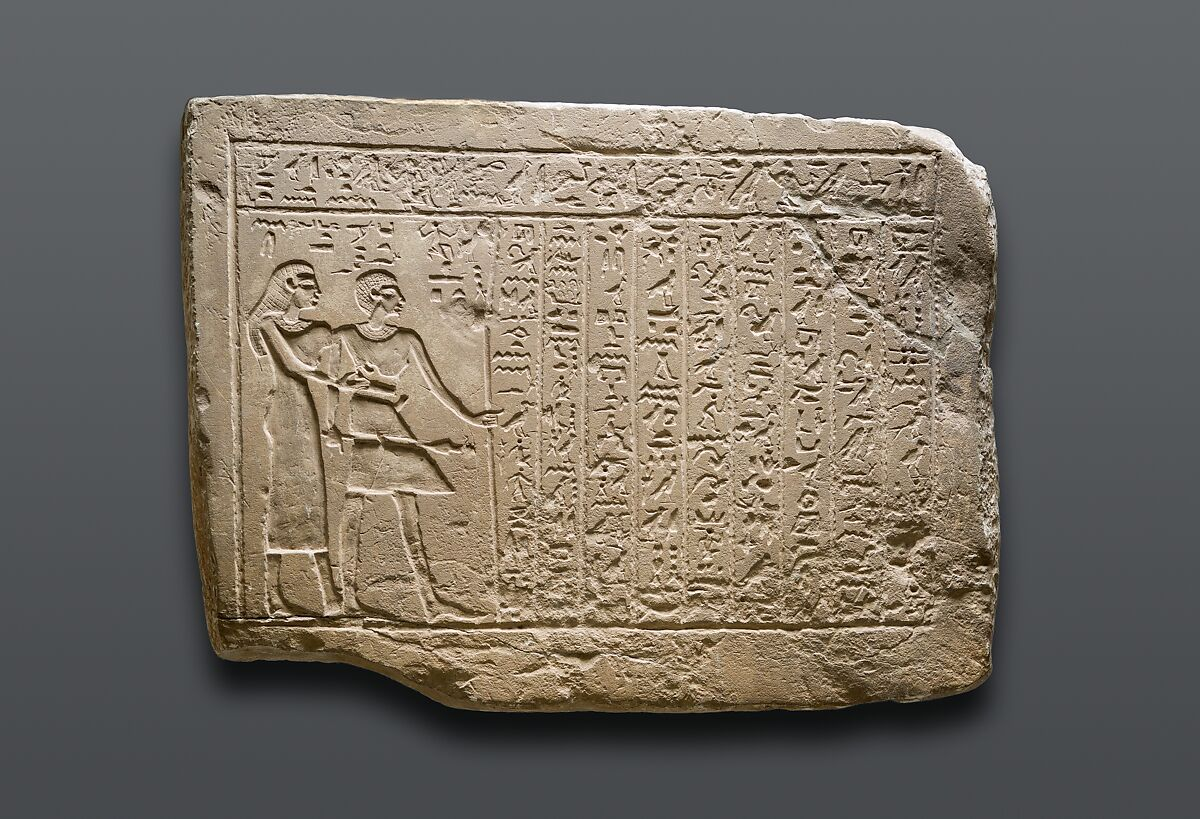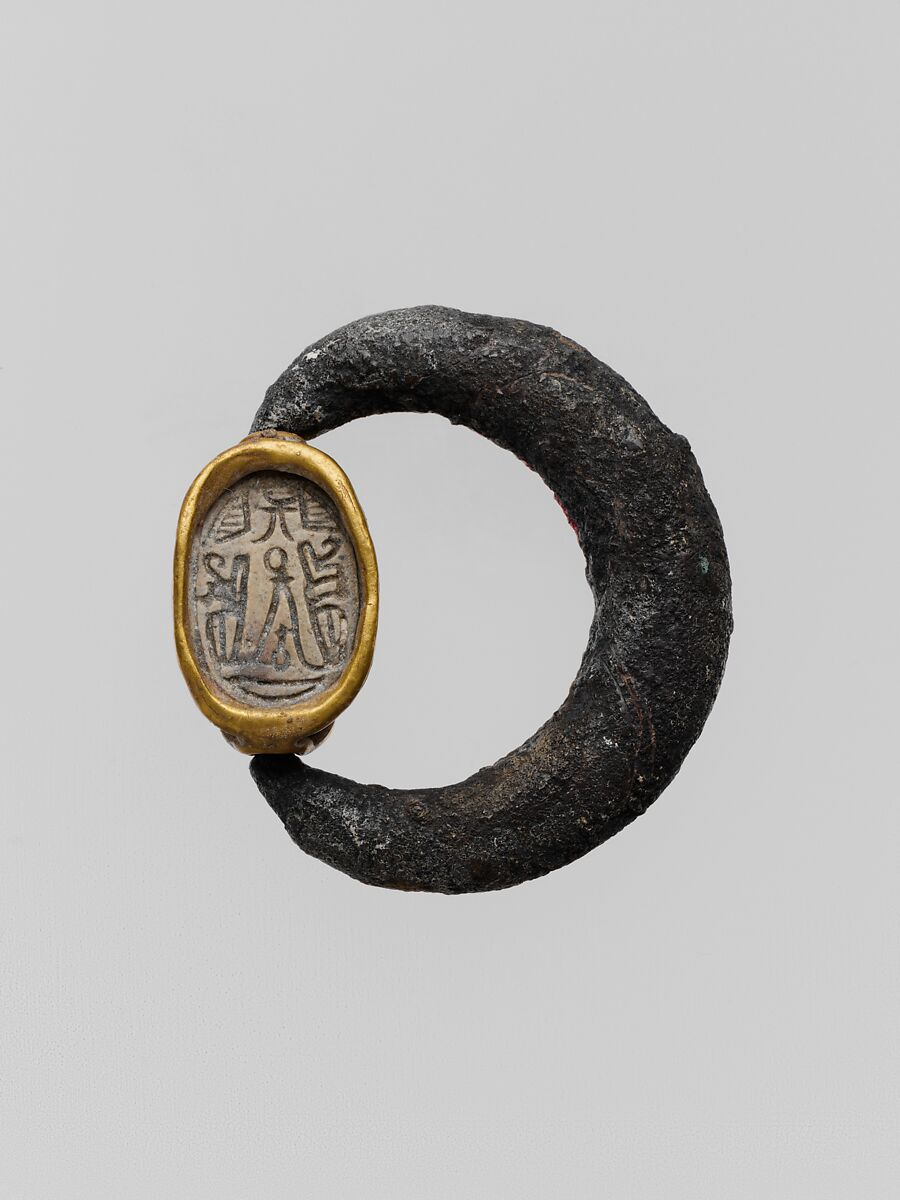

All About Extinct Languages and How We Lost Them
Summary
Languages become extinct due to cultural dominance, forced assimilation, and socio-economic changes. The decline of indigenous and minority languages is often accelerated by colonization, globalization, and the loss of intergenerational transmission. Understanding the causes of language extinction helps in creating strategies for preservation and revitalization.
Reflection Questions
- How does the loss of a language impact the cultural identity and heritage of its speakers?
- What role do governments and educational systems play in either contributing to or preventing language extinction?
- How can modern technology and community efforts be harnessed effectively to preserve endangered languages?
Journal Prompt
Reflect on a language you know that has influenced your life. How would losing this language affect your personal identity, cultural heritage, and daily interactions? Consider the importance of language in preserving cultural traditions and knowledge, and write about ways you think endangered languages can be protected and revitalized in today’s globalized world.
Languages are the vessels of culture, history, and identity, but many of them have vanished or are on the brink of extinction. In this article, we assess the reasons behind the demise of languages and the impact of losing them. We explore the dominant forces that suppress minority languages, often through colonization and forced assimilation, leading to their decline and eventual disappearance. By examining the stories of various extinct languages from around the world, we uncover the complex interplay of social, economic, and political factors that contribute to language extinction. Understanding these factors is absolutely essential for developing strategies to preserve and protect endangered languages today. Read on to learn more.
Why Do Languages Die?
Languages become extinct due to a variety of social, economic, and political factors. One of the primary reasons behind language death is the dominance of more powerful cultures and languages, often through colonization, globalization, or cultural assimilation.
Dominance of a Majority Language
When a dominant group imposes its language on a minority group, minority languages often lose prestige and practical utility, leading to a decline in its use. For instance, the spread of English, Spanish, French, and other colonial languages has significantly contributed to the decline of indigenous languages worldwide. This process is often reinforced by the education system, media, and government policies that favor the dominant language, making it essential for economic advancement and social mobility.
Systematic Extinction Attempts


For example, oppressors have often destroyed indigenous languages through violent means such as forced assimilation policies, including residential schools where children were punished for speaking their native languages, and through outright genocide, which decimated entire communities and their cultural heritage. The systematic suppression of indigenous languages through legal prohibitions, economic marginalization, and cultural erasure has further contributed to the loss and extinction of these languages.
Disruption and Displacement
Another significant contributor to extinct languages is the disruption of traditional ways of life and the displacement of communities. This can occur due to urbanization, migration, and environmental changes. When speakers of such a language move to new areas or are forced to integrate into different societies, they may adopt the dominant language of their new environment to adapt and thrive.
Additionally, the younger generation may find it more advantageous to learn and use the dominant language, leading to a gradual abandonment of their ancestral tongue. The loss of intergenerational language transmission is a critical factor in language extinction.
When children no longer learn the language from their parents or community elders, the language dies because it is no longer actively spoken. Eventually, these languages die. Efforts to revitalize and preserve endangered languages often focus on promoting the use of the language within the community and ensuring that it is passed down to future generations.
20 Dead Languages We Have Lost
Whether through colonization and brutality or gradual evolution into new dialects, many of the world’s languages have died. Including Latin, Bo, Yana, and other dead languages, below are a few we have lost throughout history.
Latin
Latin, once the official language of the Roman Empire, has transitioned from a living language to one primarily used in specific contexts, such as liturgical ceremonies in the Roman Catholic Church, scientific nomenclature, and legal terminology. The decline of Latin began with the fall of the Western Roman Empire in the 5th century, leading to the fragmentation of the language into various regional dialects.
These dialects eventually evolved into the Romance languages, such as Italian, French, Spanish, Portuguese, and Romanian. The rise of national languages and the decreased use of Latin in everyday life contributed to its status as a “dead” language.
Ancient Greek
Ancient Greek, the language of classical literature, philosophy, and early scientific texts in ancient Greece, has undergone significant changes over millennia. Following the Hellenistic period and the conquests of Alexander the Great, Greek evolved into Koine Greek, a common dialect used across the Eastern Mediterranean and the Near East.
With the fall of the Byzantine Empire and the rise of the Ottoman Empire, Greek continued to transform, eventually becoming Modern Greek. While Ancient Greek is no longer spoken as a native language, its influence persists in the study of classics, theology, and science.
Fuel your creative fire & be a part of a supportive community that values how you love to live.
subscribe to our newsletter
Old Norse
Old Norse, the language spoken by the Vikings and the inhabitants of Scandinavia during the Viking Age, played a crucial role in the literature and culture of the Norse people. With the Christianization of Scandinavia and the subsequent socio-political changes, Old Norse began to diverge into the various North Germanic languages we recognize today, such as Icelandic, Norwegian, Danish, and Swedish. Icelandic, in particular, has preserved many features of Old Norse, allowing scholars to study the ancient language through medieval manuscripts and sagas.
Sumerian
Sumerian, the language of ancient Sumer in Mesopotamia, is one of the earliest known written languages, with a history dating back to the 4th millennium BCE. It was primarily used for administrative, religious, and literary purposes.
The decline of Sumerian began around 2000 BCE when it was gradually replaced by Akkadian as the spoken language, though it continued to be used as a liturgical and scholarly language for centuries. The eventual disappearance of Sumerian as a spoken language is attributed to the dominance of Akkadian and later Semitic languages in the region.
Akkadian
Akkadian, an ancient Semitic language spoken in Mesopotamia, served as the lingua franca of the region from the 3rd millennium BCE until the early 1st millennium BCE. This extinct language was used for a wide range of purposes, including administration, literature, and correspondence across the Akkadian Empire and subsequent empires such as Assyria and Babylonia.
Akkadian’s decline began with the rise of Aramaic as the dominant spoken and written language in the Near East. By the 1st century CE, Akkadian had largely been replaced by Aramaic, contributing to its status as a dead language. However, Akkadian literature and documents continue to be studied for insights into ancient Mesopotamian civilization.
Tasmanian


Tasmanian, the language of the indigenous people of Tasmania, became extinct in the 19th century following the devastating impact of European colonization. The arrival of British settlers in the early 1800s led to violent conflicts, diseases, and forced removals, severely reducing the indigenous population. As the number of native speakers dwindled, so did the transmission of the language to subsequent generations. By the late 1800s, the last known fluent speakers had died, and the language, along with much of the cultural heritage of the Tasmanian Aboriginal people, was lost. Palawa kani has since evolved from extinct Tasmanian langugages.
Bo
Bo, one of the Great Andamanese languages spoken in the Andaman Islands, became extinct in 2010 with the death of its last speaker, Boa Sr. The decline of Bo and other Great Andamanese languages began with the British colonization of the Andaman Islands in the 19th century. The colonization brought diseases, displacement, and cultural disruption, drastically reducing the indigenous population. As younger generations adopted other languages, the number of Bo speakers decreased until the language was no longer spoken.
Eyak
Eyak, an indigenous language of Alaska, became extinct in 2008 with the death of its last native speaker, Marie Smith Jones. The decline of Eyak began with the encroachment of English-speaking settlers and the subsequent cultural assimilation pressures. The establishment of English-language schools and the economic shift towards English-dominated industries contributed to the erosion of Eyak as younger generations ceased learning the language. Despite efforts to document and revitalize Eyak, the loss of its last native speaker marked the end of its natural transmission.
Yana
Yana, a Native American language of California, became extinct with the death of Ishi in 1916. Ishi was the last known member of the Yahi subgroup of the Yana people. The Yana population suffered catastrophic losses due to violent conflicts with settlers, disease, and displacement during the California Gold Rush. By the time Ishi was discovered in 1911, he was the last fluent speaker of Yana. Anthropologist Alfred Kroeber documented as much of the language and culture as possible, but Yana died with Ishi, leaving behind only recorded fragments of the language.
Ancient Egyptian
Ancient Egyptian, the language of the pharaohs and the civilization that built the pyramids, has evolved significantly over millennia. It was spoken and written in various stages, from Old Egyptian to Late Egyptian, Demotic, and finally, Coptic. The last phase, Coptic, emerged around the 2nd century CE and is still used today in the liturgy of the Coptic Orthodox Church. However, as a spoken language, Ancient Egyptian began to decline with the spread of Greek and later Arabic following the Arab conquest of Egypt in the 7th century. Today, Ancient Egyptian is studied primarily through its extensive written records.
Old Nubian


Old Nubian was the language of the Nubian people in what is now Sudan and southern Egypt, used predominantly between the 8th and 15th centuries CE. It is known from manuscripts, particularly religious texts, written in a modified Coptic script. Old Nubian began to decline with the rise of Arabic following the Islamic conquest of Nubia and the spread of Islam. Modern Nubian languages, such as Nobiin and Dongolawi, are descendants of Old Nubian, but the original language is no longer spoken, surviving only in historical texts.
Tocharian
Tocharian, an extinct Indo-European language, was once spoken in the Tarim Basin region of what is now Xinjiang, China. It existed in two closely related dialects, Tocharian A and Tocharian B, which are known from manuscripts dating from the 6th to 8th centuries CE. The language became extinct as the region came under the influence of Turkic and Chinese cultures, leading to the assimilation of the Tocharian-speaking populations. The discovery of Tocharian manuscripts in the early 20th century provided crucial insights into this little-known branch of the Indo-European language family.
Prakrit
Prakrit refers to a group of Middle Indic languages that flourished in ancient India and served as the precursors to many modern Indic languages. These languages were used in everyday speech, literature, and religious texts, including Jain and Buddhist scriptures. Over time, Prakrit languages evolved into various regional languages, such as Hindi, Bengali, Marathi, and Gujarati, among others. The decline of Prakrit languages as distinct entities was a gradual process, influenced by the standardization of literary languages like Sanskrit and the rise of regional vernaculars.
Jurchen
Jurchen was the language of the Jurchen people, who inhabited northeastern China and founded the Jin Dynasty (1115–1234 CE). The Jurchen script, derived from Chinese characters, was used to write the language. With the conquest of the Jin Dynasty by the Mongols and later the rise of the Manchu people, the Jurchen language began to decline. The Manchu, who were descendants of the Jurchen, eventually adopted their own script and language, which replaced Jurchen. By the 17th century, Jurchen was no longer in use, surviving only in historical inscriptions and documents.
Gaulish


Gaulish, a Celtic language, was once widely spoken across what is now France and northern Italy. It was the language of the Gauls, an ancient Celtic people. The decline of Gaulish began with the Roman conquest of Gaul in the 1st century BCE, as Latin gradually replaced it as the dominant language. By the end of the Roman Empire, Gaulish had largely disappeared, with only a few inscriptions and place names remaining as evidence of its existence. The integration of the Gauls into Roman society and the spread of Latin led to the development of the Romance languages, such as French.
Gothic
Gothic was the language of the Goths, an East Germanic tribe that played a significant role in the fall of the Western Roman Empire. The language is primarily known from the Codex Argenteus, a 6th-century manuscript containing a Gothic translation of the Bible. Gothic began to decline after the Goths’ kingdoms in Italy and Spain were conquered by other Germanic tribes and the Byzantine Empire. By the 9th century, Gothic had largely disappeared as a spoken language, surviving only in a few scattered documents and place names.
Old Prussian
Old Prussian was a Baltic language spoken by the Prussian people in the region that is now part of Poland, Lithuania, and Russia’s Kaliningrad Oblast. The language began to decline in the 13th century with the Teutonic Order’s conquest of Prussia and the subsequent Germanization of the region. By the 18th century, Old Prussian had become extinct, replaced by German and other neighboring languages. Efforts to document and revive Old Prussian have been made in modern times, but it remains a historical language.
Phoenician


Phoenician was the language of the ancient Phoenicians, a seafaring people known for their extensive trade networks and the spread of their alphabet. The Phoenician alphabet is considered a precursor to many modern writing systems, including Greek and Latin. The decline of Phoenician began with the rise of the Greek and Roman empires, as Greek and Latin gradually replaced it in the Mediterranean region. By the 1st century CE, Phoenician was no longer widely spoken, surviving only in inscriptions and historical records.
Hittite
Hittite was an ancient Indo-European language spoken by the Hittites, who established a powerful empire in Anatolia (modern-day Turkey) around the 2nd millennium BCE. The language is known from cuneiform tablets discovered in the Hittite capital, Hattusa. The decline of Hittite began around 1200 BCE with the collapse of the Hittite Empire, likely due to invasions and internal strife. By the 7th century BCE, Hittite had been replaced by other languages in the region, and its written form was forgotten until its rediscovery in the early 20th century.
Elamite
Elamite was the language of ancient Elam, located in present-day southwestern Iran. It was used from the 3rd millennium BCE until the early centuries of the Common Era. Elamite is known from inscriptions and administrative documents, particularly from the Achaemenid Empire, where it was used alongside Old Persian and Akkadian. The decline of Elamite began with the fall of the Elamite civilization and the rise of Persian dominance in the region. By the end of the Achaemenid period, Elamite had largely disappeared as a spoken language, surviving only in written records.
Final Thoughts: Here’s How We Can Preserve and Protect Endangered Languages Today
Preserving and protecting endangered languages requires a multifaceted approach that includes documentation, education, community involvement, and supportive policies. One of the first steps in preserving endangered languages is thorough documentation. This involves recording the language in various forms, including audio recordings of native speakers, written texts, and linguistic analysis. Creating dictionaries, grammars, and databases ensures that the language’s structure and vocabulary are preserved for future generations. Modern technology, such as digital archives and online platforms, can make these resources widely accessible.
Education plays a crucial role in language preservation. Establishing bilingual education programs and incorporating indigenous languages into school curricula can help children learn and use their ancestral language alongside dominant languages. Immersion programs, where children are taught in the endangered language, have proven particularly effective. Additionally, creating opportunities for adults to learn and use their native languages, through community classes or language nests (environments where only the endangered language is spoken), helps to revitalize the language within the community.
Community involvement is essential for the success of language preservation efforts. Engaging native speakers and cultural leaders in the process ensures that preservation efforts are culturally appropriate and meet the community’s needs. Encouraging the use of the language in daily life, at home, in cultural practices, and in community events helps to keep it alive. Celebrating the language through festivals, media, and arts can also boost its status and visibility.
Supportive policies from governments and organizations can provide the necessary framework and resources for these efforts. Legal recognition of indigenous languages, funding for preservation projects, and protection of linguistic rights are crucial. International cooperation and the support of organizations like UNESCO can also provide valuable resources and advocacy. By combining these approaches, we can create an environment where endangered languages can thrive and be passed on to future generations.
Design Dash
Join us in designing a life you love.
-
All About Our 7-Day Focus & Flex Challenge
Sign up before August 14th to join us for the Focus & Flex Challenge!
-
Unique Baby Names Inspired by Incredible Women from History
Inspired by historic queens, warriors, artists, and scientists, one of these unusual baby names might be right for your daughter!
-
Finding a New 9 to 5: How to Put Freelance Work on a Resume
From listing relevant skills to explaining your employment gap, here’s how to put freelance jobs on your resume.
-
What is Generation-Skipping, and How Might it Affect Sandwich Generation Parents?
The emotional pain and financial strain of generation skipping can be devastating for Sandwich Generation parents.
-
Four Material Libraries Dedicated to Sustainability, Preservation, and Education
From sustainable building materials (MaterialDriven) to rare pigments (Harvard), each materials library serves a specific purpose.
-
Do You Actually Need a Beauty Fridge for Your Skincare Products? (Yes and No.)
Let’s take a look at what dermatologists and formulators have to say about whether your makeup and skincare belong in a beauty fridge.








